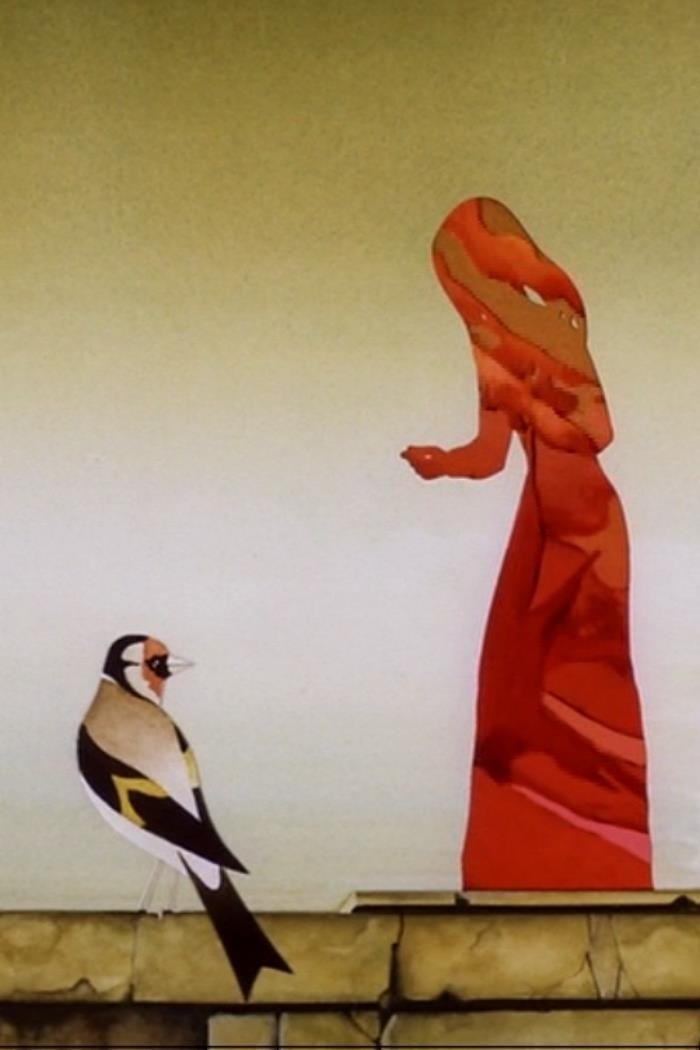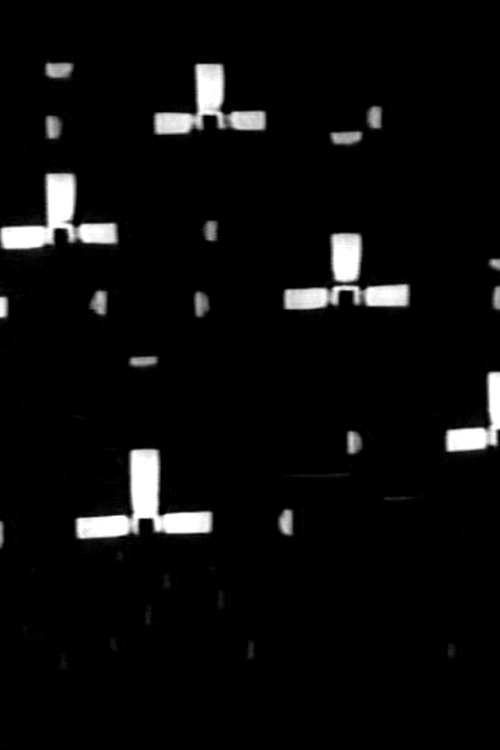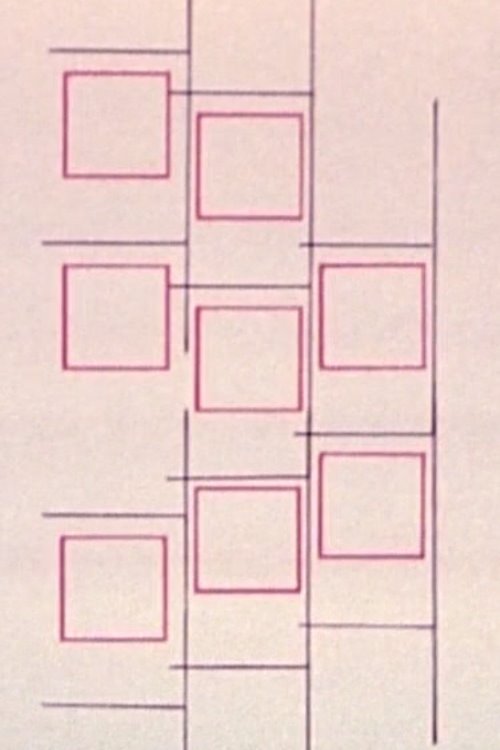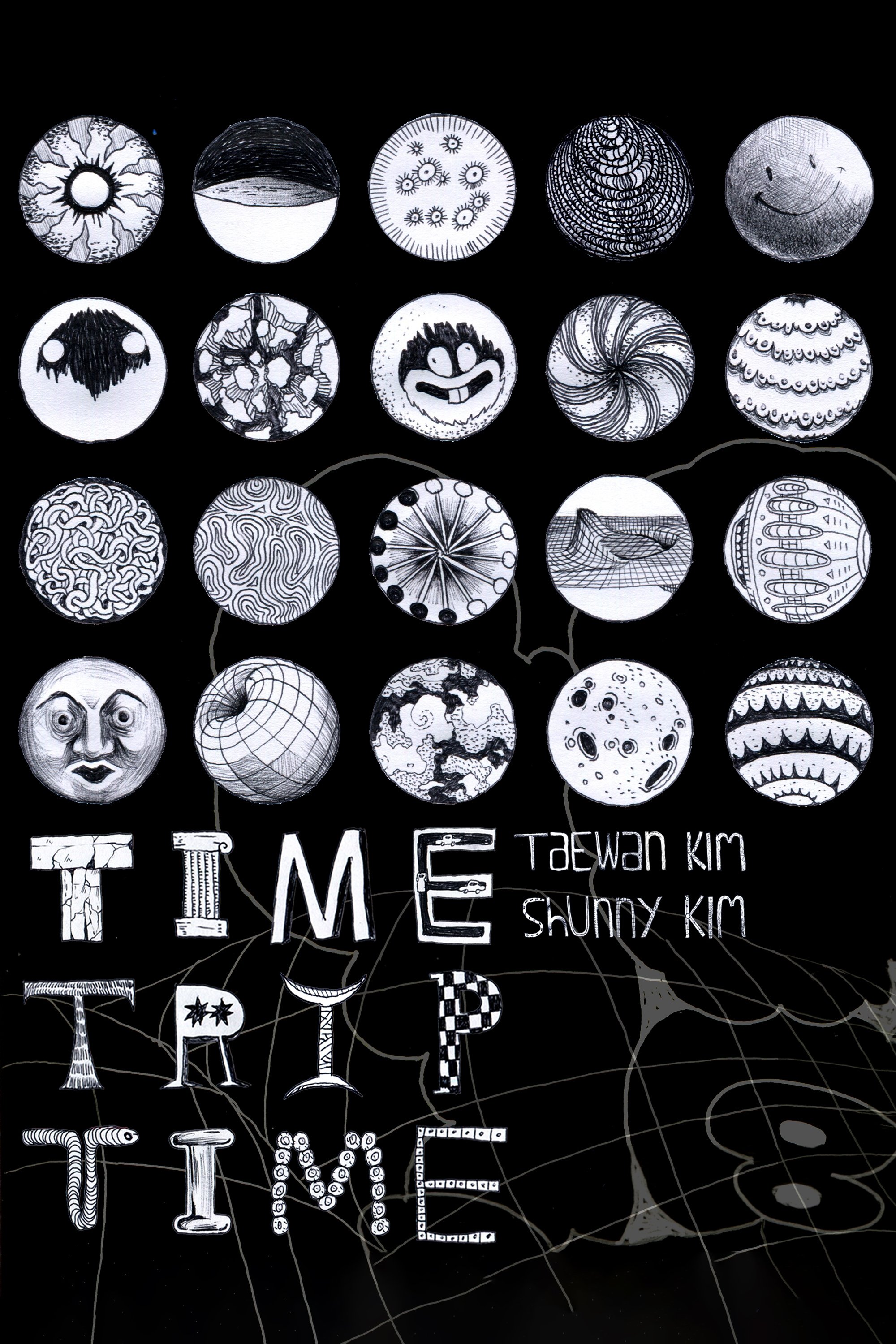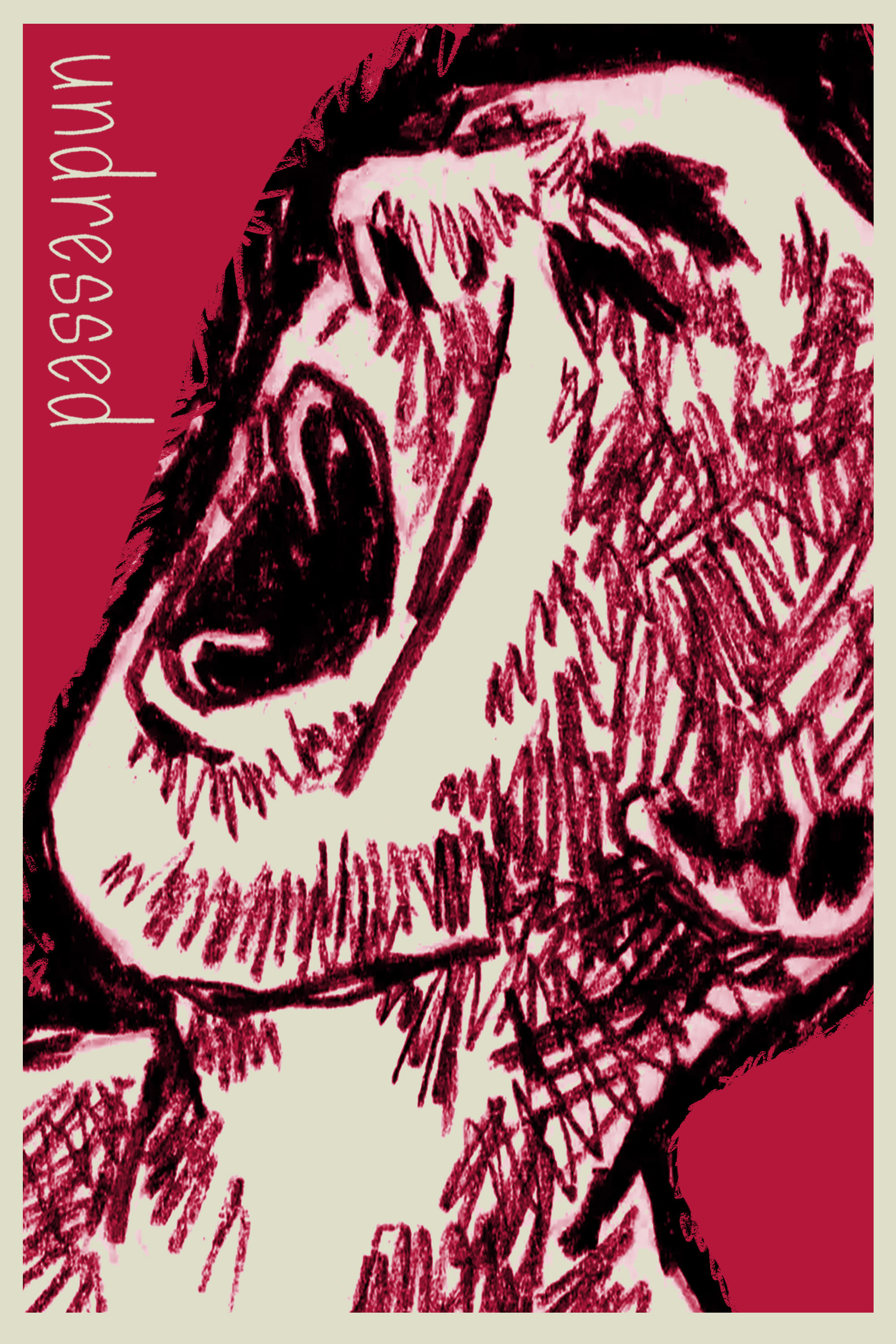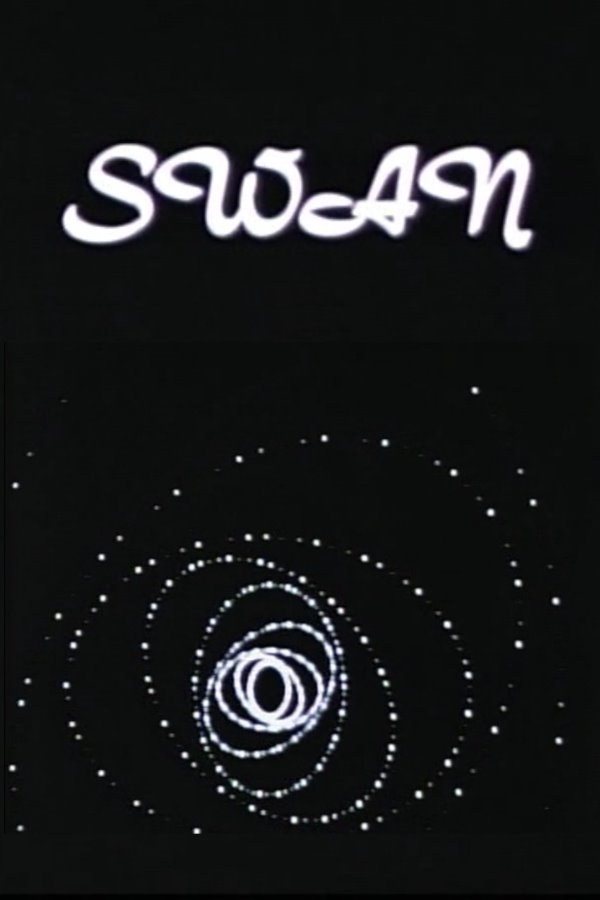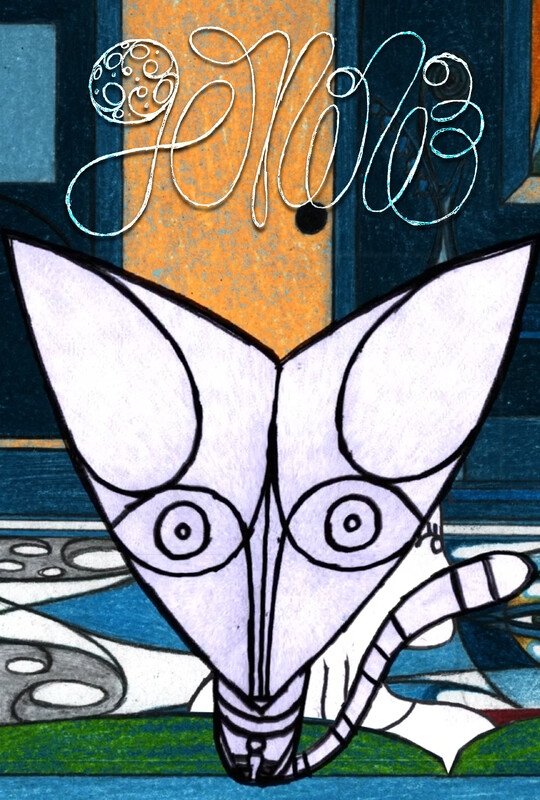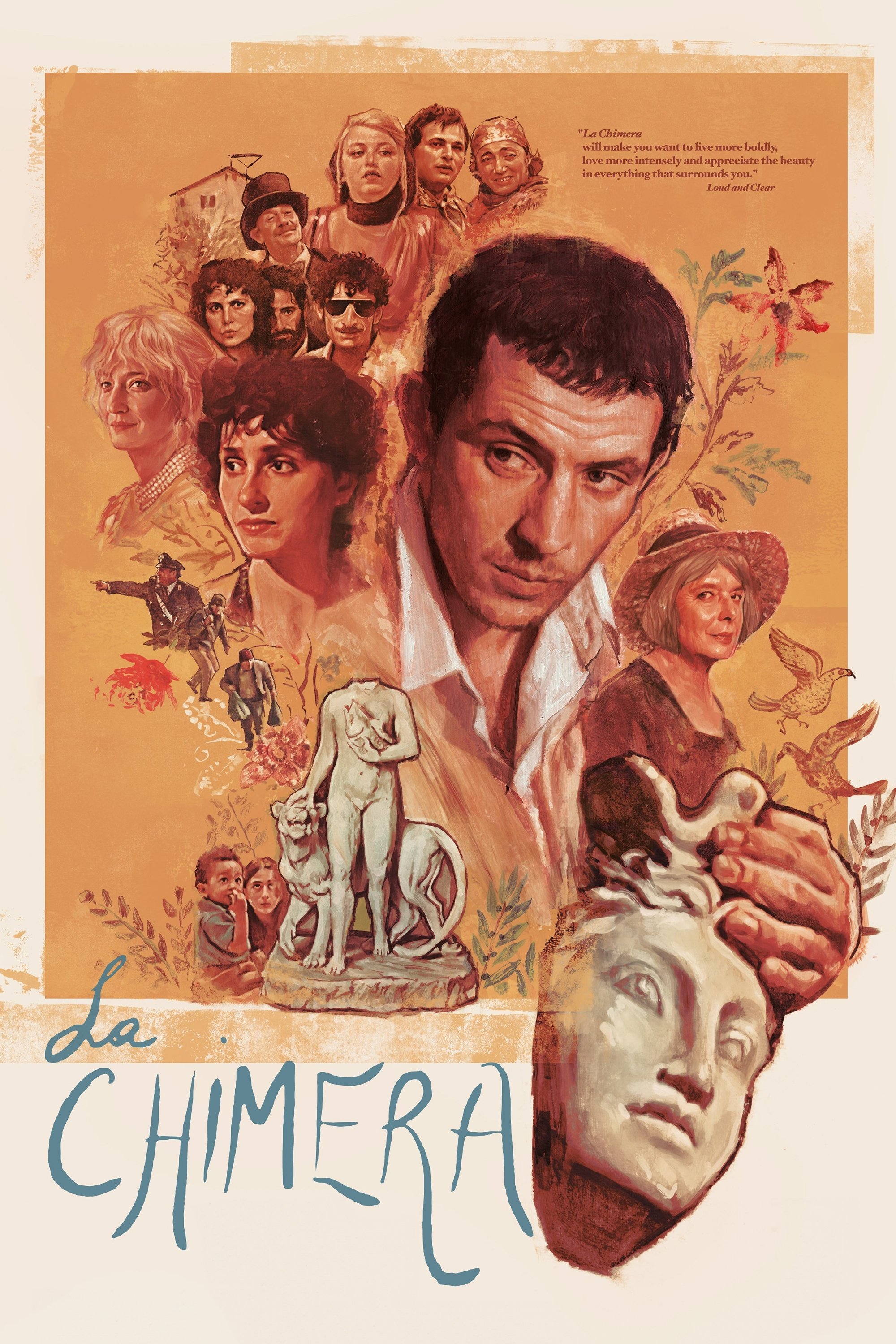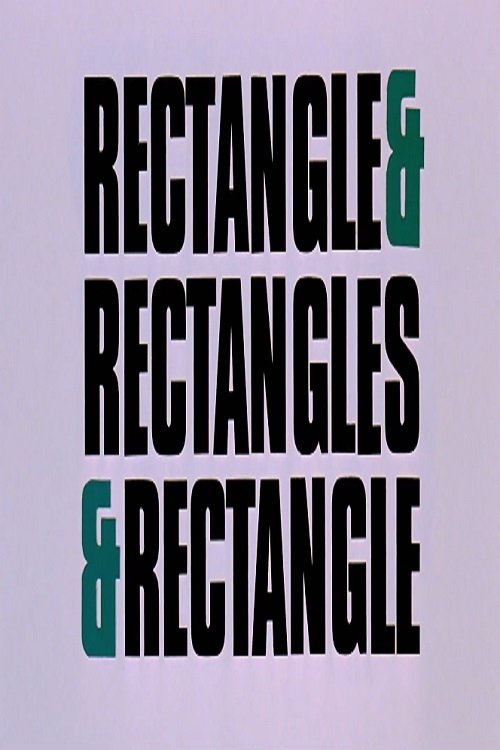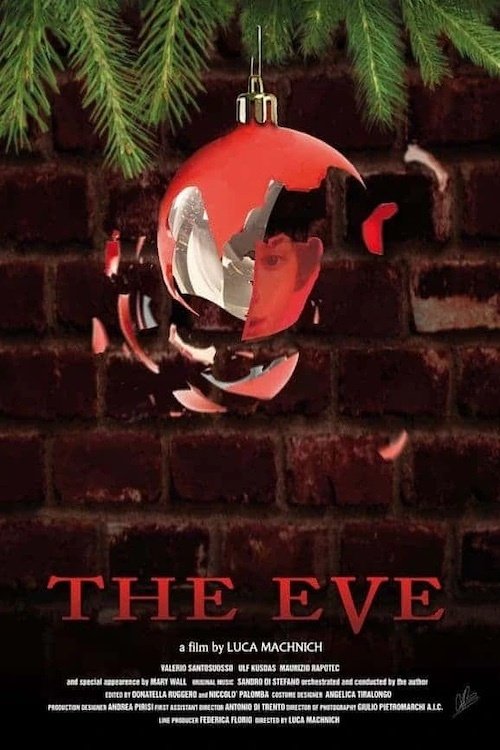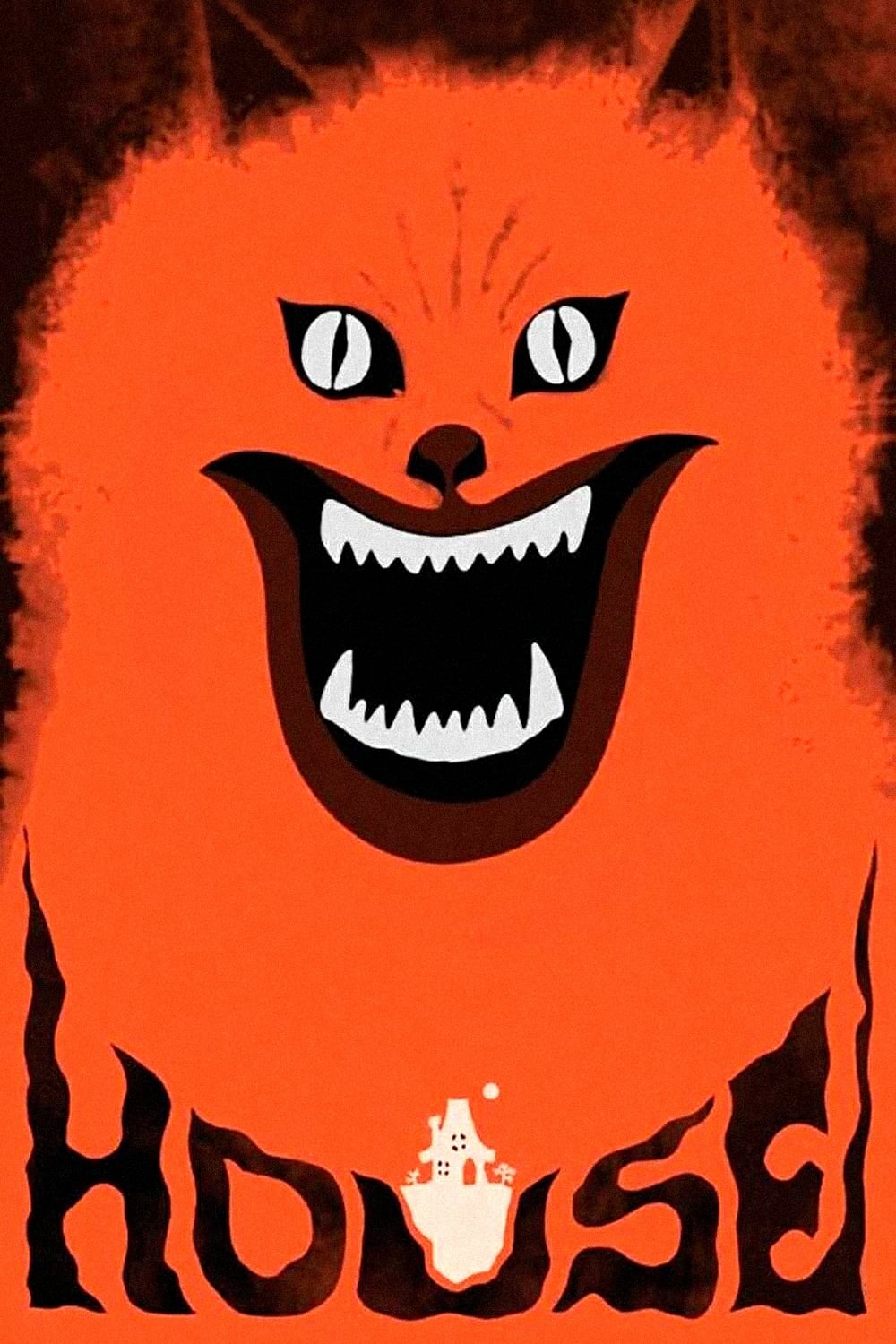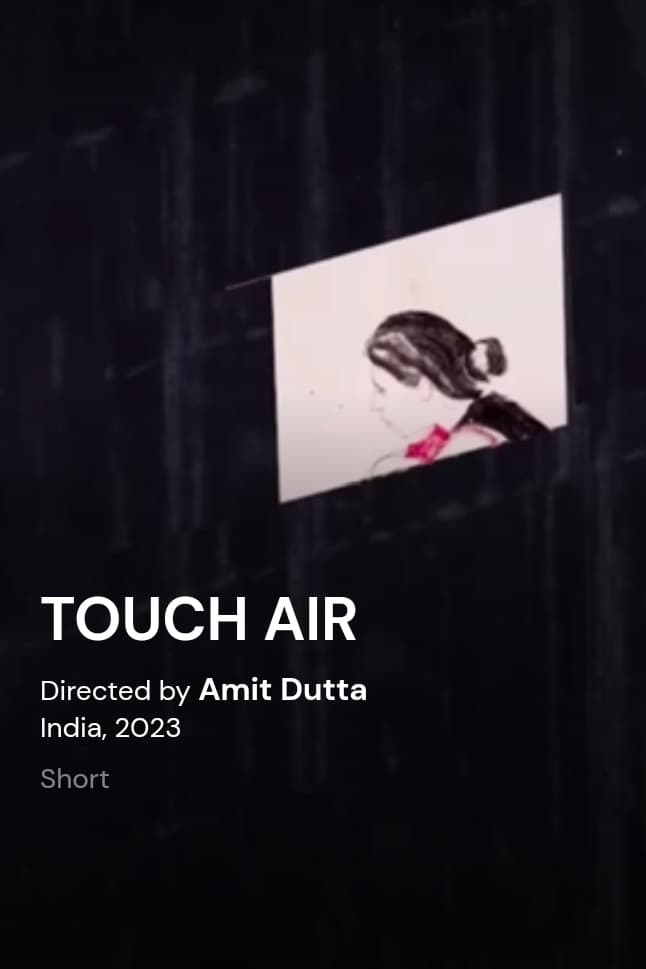chimera
2024
0h 10m
0.0(0 votes)
Fantasy
Animation
Overview
A child is attacked and turned into a chimera and must learn to navigate his strange world as an entirely new kind of being.
Links & Resources
Social & External
Cast & Crew
1 member
Acting
Sophia Shaw
Narrator
No Image
Similar Movies
Recommended Movies

No Recommendations Yet
We're working on finding the perfect movies for you. Check back soon!
More movies coming soon


